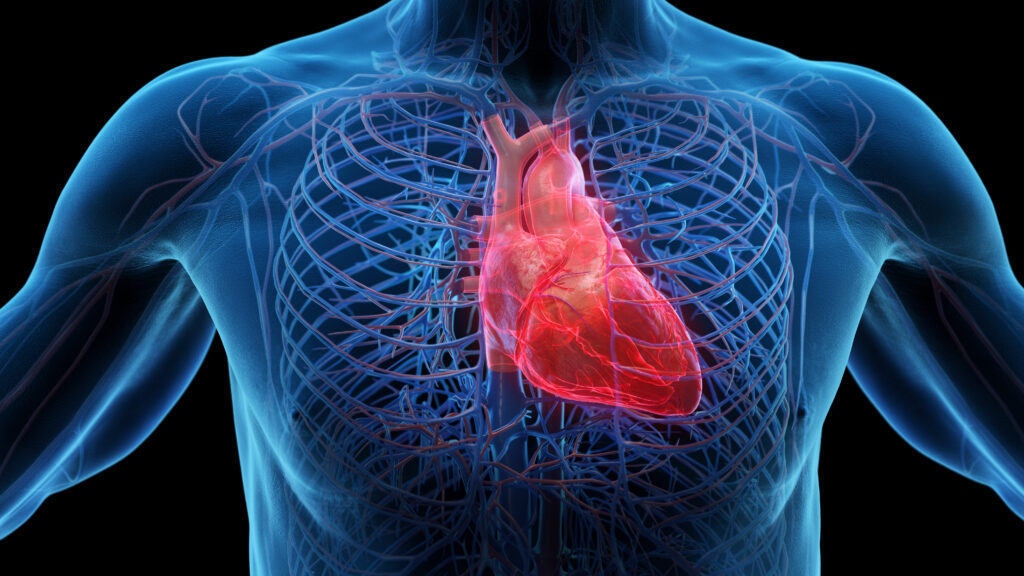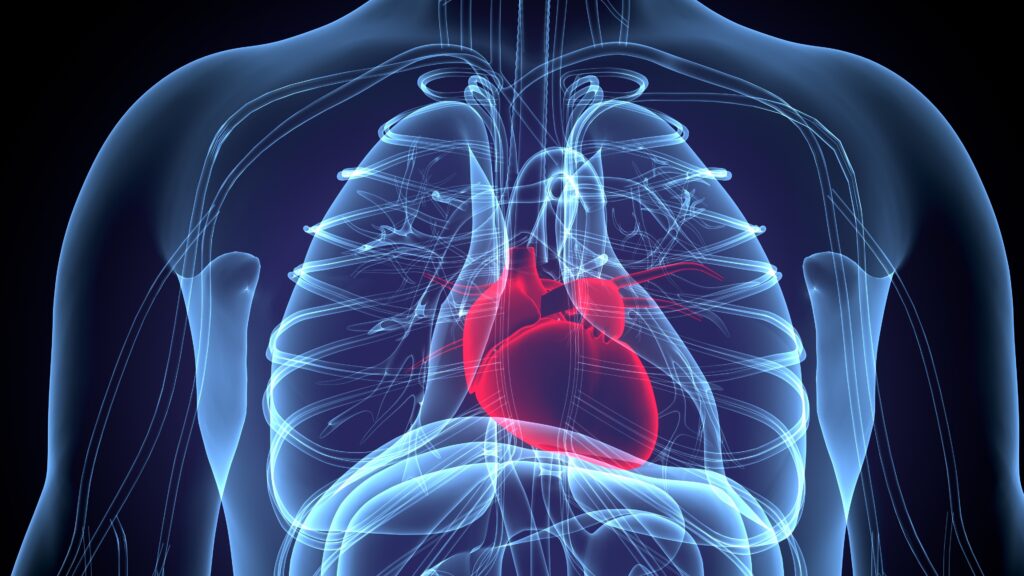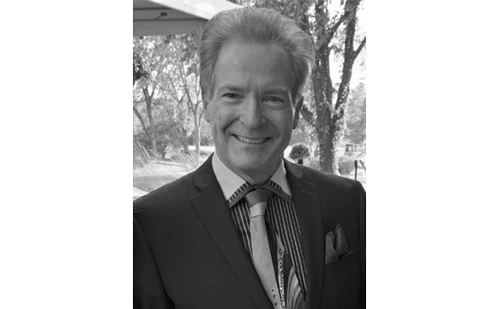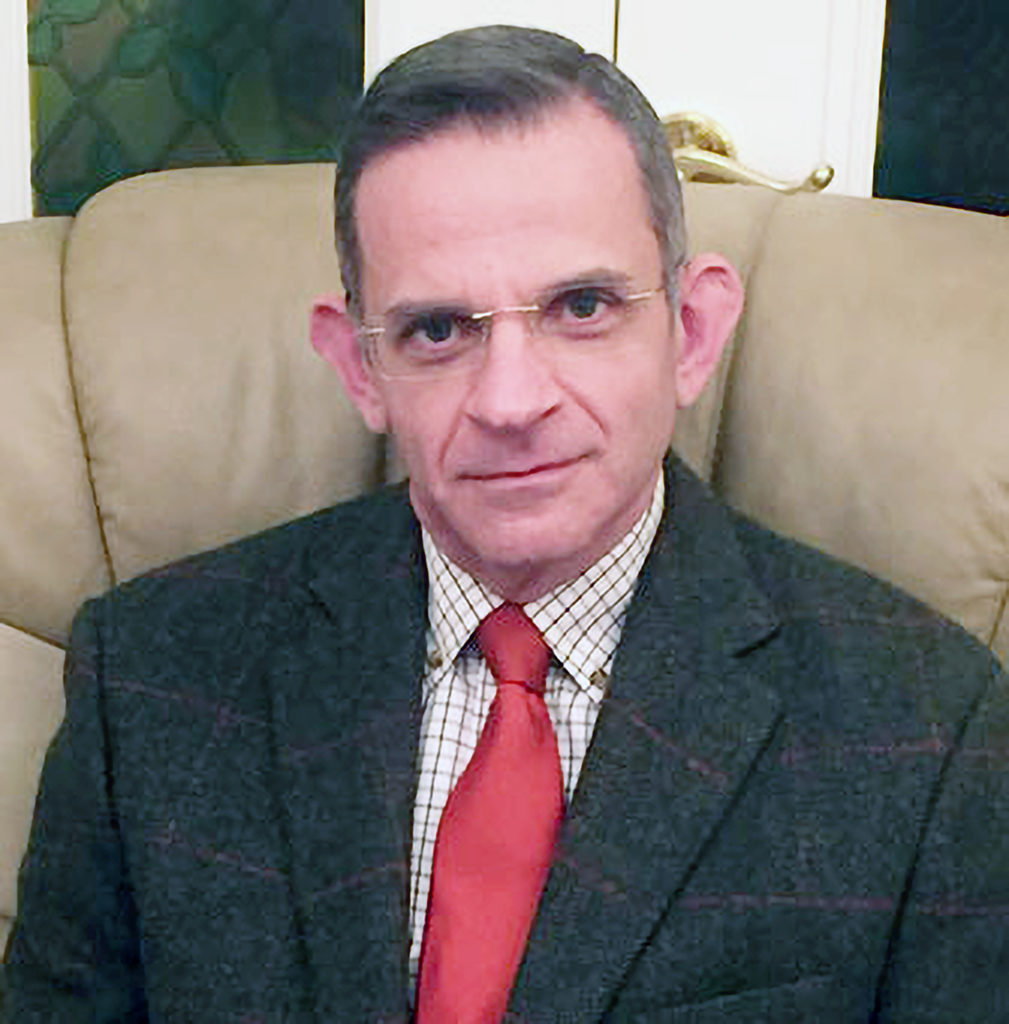Background: In patients with pre-existing devices, elective generator change is an opportunity to revisit whether a revision of their existing leads or addition of extra leads is required. This is especially the case in individuals who have a high burden of right ventricular pacing (RVP) which can lead to a deterioration in left ventricular systolic function (LVSF). Assessment of LVSF is predominantly carried out by transthoracic echocardiography (TTE) and there is already an increasing demand on TTE making this challenging.
Aim: To evaluate the feasibility and cost-effectiveness of focused handheld echo (HHE) in screening individuals requiring generator change.
Methods: A retrospective review of 136 elective generator changes between 2017 and 2019 for patients with pacemakers (PPM) and internal cardiac defibrillators (ICD) but not cardiac resynchronisation therapy (CRT). The pacing clinic notes were reviewed and the type and results of any echo undertaken was collected. The number of individuals that required any upgrade of their device was recorded. The ability of HHE to screen individuals and obviate the need for further imaging was evaluated. The potential cost savings of HHE as a first-line investigation was also investigated.
Results: A total of 136 patients required generator change (93 males) with a median age 81 (range 37–101 years). Of this total, 16 required upgrade to CRT or ICD (1 x ICD, 10 x CRT and 5 x CRT-D). In 22 patients no echo was performed. The demographics of the 114 patients in whom echo was performed prior to generator change are shown in Table 1. Screening identified 66 patients with moderate–severe LVSD prior to generator change of which 16 went on to have an upgrade to CRT (10), CRT-D (5) and ICD (1). In the hand-held group 16 had severe LVSD, and in the TTE group 28 had severe LVSD.
Discussion: The results demonstrate that HHE can be used in device clinic routinely to assess patients prior to device box change. Improvements in technology, with the ability to save images and compute accurate ejection fractions offline have made service adaptations similar to this one even more efficient. Challenges remain regarding physiology workforce planning, with dual-accredited or a skill mix of TTE and devices-accredited staff required for such a service often at a premium.















